2016 Kawasaki Ninja ZX-10R review, test ride
Kawasaki has pulled out all the stops with the updates on the 2016 ZX-10R. It's time to get under its skin and find out.
Published on May 27, 2016 04:06:00 PM
89,735 Views
Follow us on
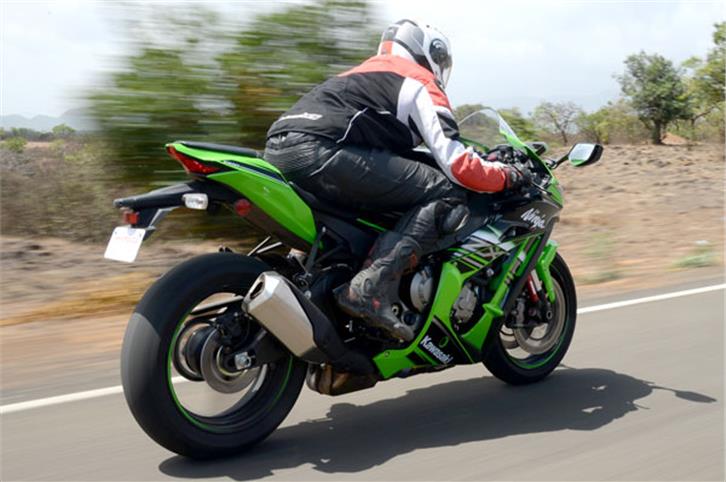


Kawasaki has decided to go the extra mile with the electronics package on the new 10R. Yamaha’s all new R1M rolled out last year with a whole different level of electronics involved. Kawasaki has now levelled the playing field by designing and throwing in a whole new electronics package for the 10R that’s even designed in house. It’s based on Bosch’s Inertial Measurement Unit (IMU) and it actually measures five different axis of movement and uses these to calculate the sixth. Sure, these measurements may sound like complete jargon, but they actually use the angle of lean, or pitch, or yaw, to adapt the amount of traction control or brakes, in real time! Which means holding lines through a corner on the 10R becomes substantially easier; which in motorcyclist terms translates to going faster through the corners. Kawasaki claims the electronics package on the 10R is so accurate; it can even sense changes in tyre pressure and road camber.
Once you get aboard the new 10R, you’re greeted with nostalgia. The instrument cluster seems exactly the same as the one found on the older model. However, there are updates to the LCD screen which may not seem obvious at first. There is an IMU indicator, traction control(S-KTRC), power modes, launch control (KLCM), ABS control (KIBS), quick shift (KQS) and engine braking control (KEBC), a gear indicator, intake air temperature, average and instant fuel consumption. There’s also an odometer, dual trip meters and a low fuel indicator, in case you were wondering. But fear not, you’d be forgiven all this information gives you a head-ache initially; it does take some time to get your head wrapped around all this. Luckily, all of this is controlled and toggled via a single rocker switch equipped with a ‘select’ button, located on the left handlebar.
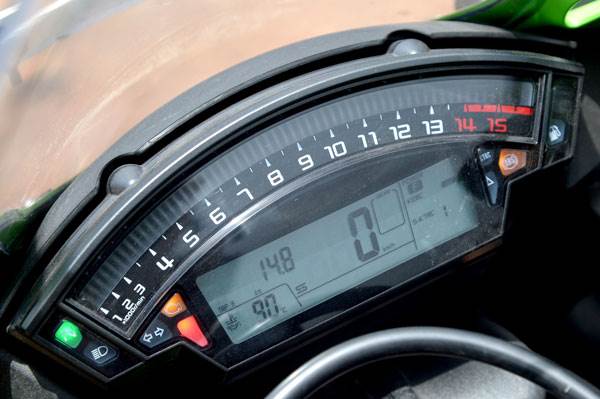
So, like I mentioned earlier, the engineers over at Kawasaki have tried as hard as possible to make this motorcycle as easy to ride as possible. Even the electronic Ohlins steering damper, carried over from the previous model,comes with revised settings to suit the new chassis. It automatically alters the amount of damping according to the speed and degree of acceleration or braking. Which means all you have to worry about is going faster and faster, but let’s keep that need to go faster limited to the race track. There’s even a quick shifter to help you get there. The shifts feel smooth, soft and very precise. Of course, the quick shifter only helps with up-shifts. On a stock 10R you’d still need the clutch to shift back into lower gears.
Copyright (c) Autocar India. All rights reserved.


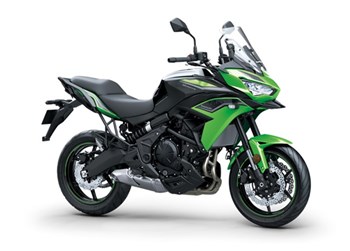
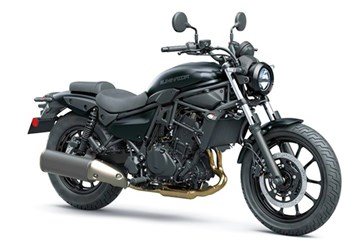
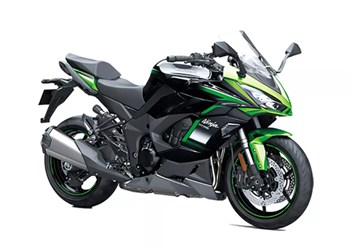
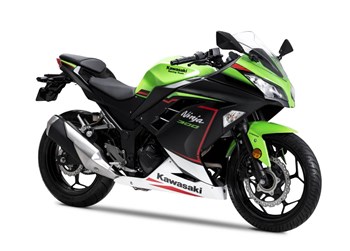

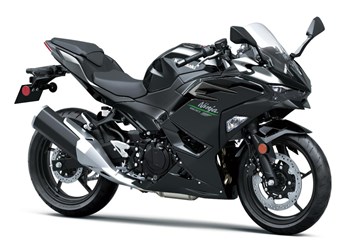
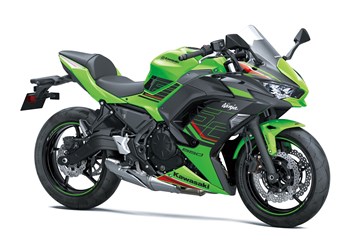
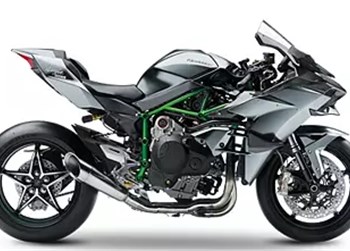
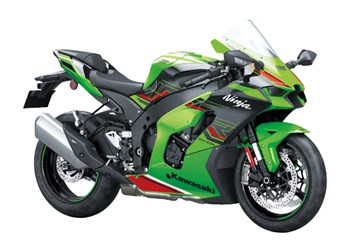
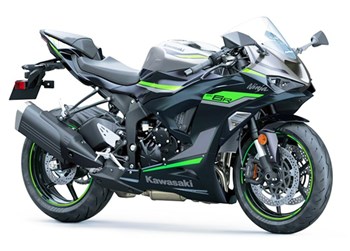


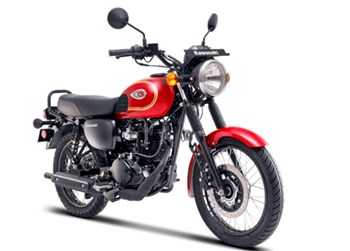
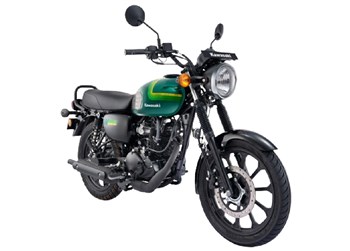
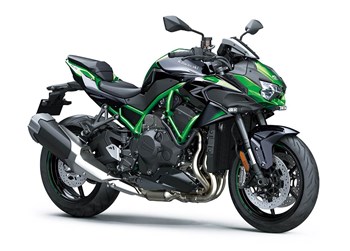
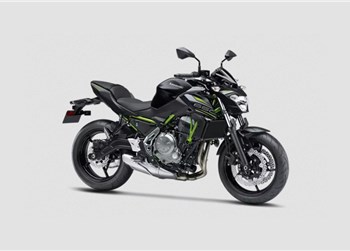

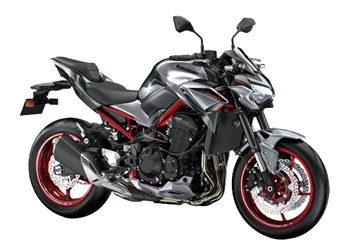




Comments
Member Login
Personal Details
No comments yet. Be the first to comment.